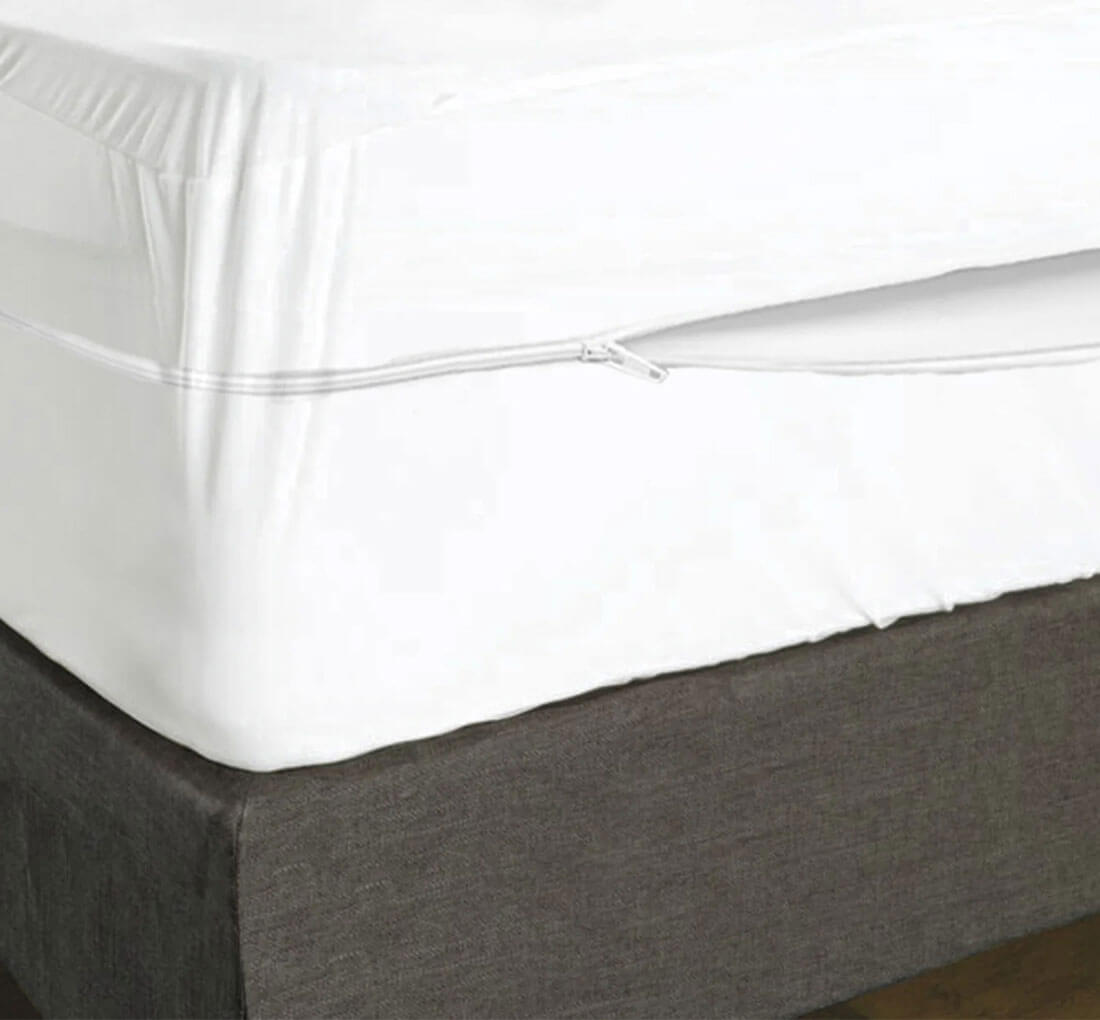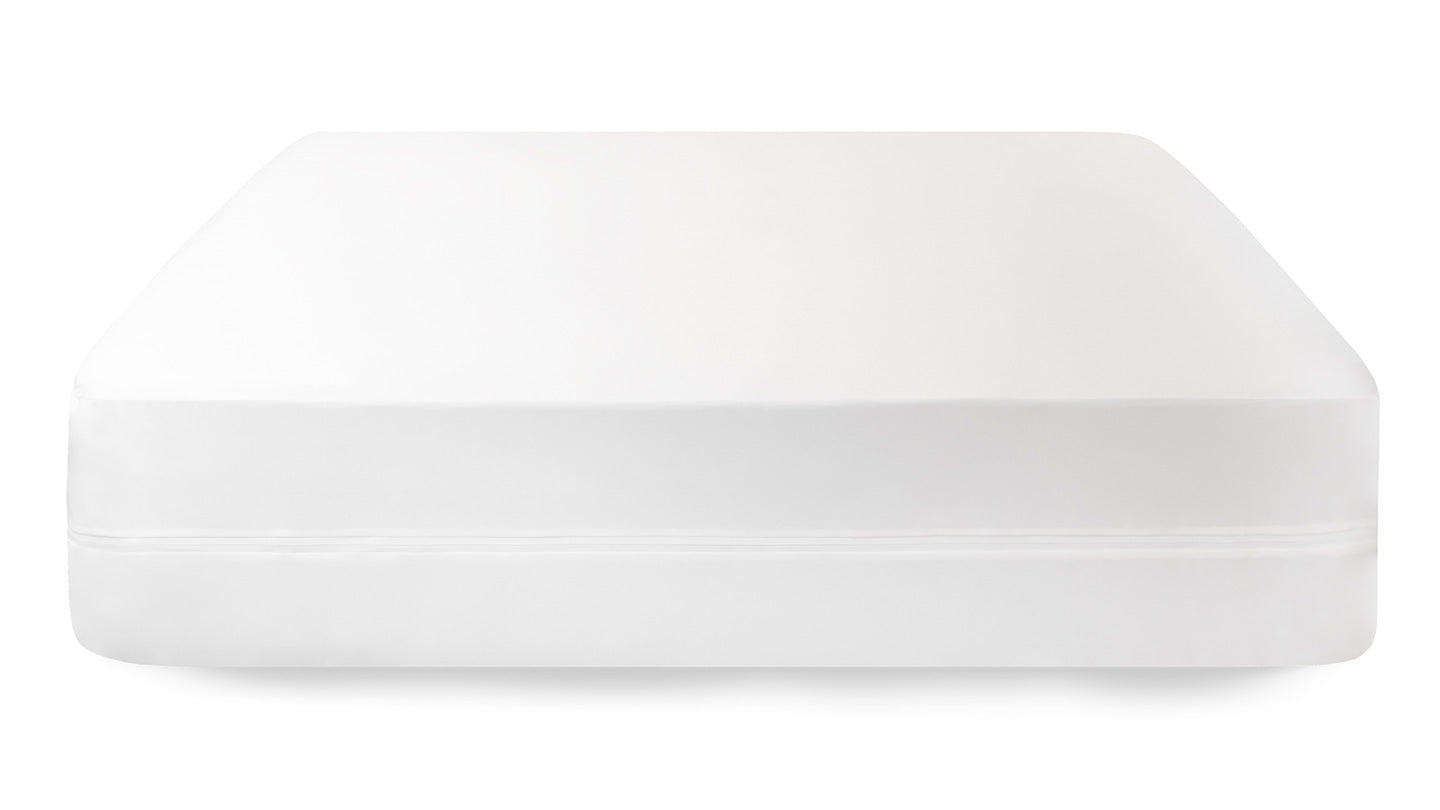How to Effectively Eliminate Bed Bugs Without Toxic Chemicals
How to Effectively Eliminate Bed Bugs Without Toxic Chemicals
Blog Article
Claim Bye-bye to Bed Bugs: Proven Methods for a Pest-Free Bed Room
The relentless concern of bed insects presents substantial challenges for numerous homes, necessitating a detailed understanding of effective management techniques. Recognizing the signs of an invasion is crucial for prompt intervention, while safety nets can safeguard your home from future incidents. By checking out different therapy choices, from chemical solutions to all-natural options, one can establish the most suitable strategy for their distinct circumstance. Yet, the trip doesn't finish with eradication; maintaining a pest-free atmosphere needs ongoing persistance. What are one of the most effective long-lasting methods to make sure these unwanted visitors do not return?
Understanding Bed Pests
Recognizing bed pests is important for effective avoidance and control. Bed insects mainly feed on human blood, generally at evening, leading to pain and prospective sensitive reactions in their hosts.
The life cycle of bed insects involves a number of stages: nymph, egg, and adult. Ladies can lay up to five eggs daily, causing fast populace development otherwise attended to quickly. Bed bugs are resilient bugs that can survive for months without feeding, enabling them to sustain negative conditions. Their key mode of transportation is latch on to apparel or baggage, which makes them a typical nuisance in hotels and public transportation.
Effective avoidance involves understanding their behaviors and environments. bed bugs. Regular examinations of resting locations, lessening mess, and making use of safety coverings for cushions are important methods. By thoroughly recognizing bed insects, people can apply proactive measures to minimize the risk of problem prior to it becomes a significant problem
Signs of Infestation
Acknowledging the indications of bed pest invasion is vital for prompt activity to avoid additional spread. Bed insects, nighttime and evasive, often leave dead giveaways that can be conveniently forgotten. One of one of the most typical indications is the presence of little, rusty-red spots on bedding or furniture, which are the outcome of crushed insects.
Additionally, you might locate little, dark flecks of bed insect excrement on sheets, mattresses, or in the holes of furniture. An additional significant indicator is the existence of shed exoskeletons, as bed pests undergo several molts prior to reaching maturation. If you experience inexplicable attacks on your skin, particularly in collections or rows, this may also suggest a problem.
In more extreme situations, an undesirable, mildewy odor might originate from heavily plagued locations, triggered by pheromones launched by the bugs. Pay very close attention to seams, folds up, and gaps of bed mattress and furniture, where bed pests often hide throughout the day. By being cautious and recognizing these indications early, you can take the necessary steps to deal with the invasion properly.
Prevention Strategies
To successfully stop bed insect invasions, it is important to execute a combination of attentive methods and positive strategies. Consistently evaluate your resting areas, specifically if you travel often. Inspect resort rooms and various other accommodations for indications of bed bugs, such as dark spots on sheets or bed structures. Upon returning home, unpack travel luggage in a designated area away from your bedroom and right away clean and completely dry clothing on high heat.
Sealing cracks and holes in wall surfaces, floorings, and furnishings can dramatically lower potential hiding areas for bed pests. Think about making use of encasements on bed mattress and box springtimes, which produce an obstacle that stops bed bugs from escaping or entering. Regular vacuuming of your space, specifically around bed frames and furnishings, can help remove any kind of roaming bugs or eggs.
Be cautious when buying used furnishings. Always check products thoroughly prior to bringing them into your home. Furthermore, establishing a clutter-free environment can minimize concealing places for these insects. Keeping open interaction with neighbors regarding bed bug worries can cultivate community awareness and positive avoidance methods, further securing your home from invasions.
Efficient Treatment Approaches
Also with attentive prevention efforts, bed bug problems can still occur, necessitating efficient therapy methods to eliminate these pests. Among the most reputable strategies is the use of warmth therapy. By increasing the temperature of plagued areas to a minimum of 120 ° F(49 ° C) for a number of hours, all life phases of bed pests, consisting of eggs, can be removed. This approach is both complete and environmentally pleasant.
Chemical treatments are likewise reliable, specifically when made use of along with warmth. Insecticides particularly created for bed pests can be applied to cracks, gaps, and other concealing places. It is crucial to follow tag instructions carefully and consider getting in touch with a licensed bug control expert to make certain safety and performance.

Long-Term Upkeep Tips
Maintaining a bed bug-free environment needs consistent, aggressive procedures. To make sure long-lasting success in stopping invasions, beginning by on a regular basis evaluating your home, especially in areas where bed insects frequently conceal, such as mattresses, bed structures, and furniture joints. Use coverings on bed mattress and box springs, as they give a barrier that avoids bed pests from getting in or running away, making it simpler to identify any prospective problems.

Be cautious when bringing second-hand products right into your home; always inspect and cleanse them extensively. Consider making use of bed bug keeps an eye on to find very early indicators of infestation. Developing a routine for assessment and maintenance will dramatically lower the probability of bed insect reoccurrence, guaranteeing your bed room remains a risk-free and comfy area complimentary from these pests.
Conclusion
To conclude, effective management of bed insects calls for an extensive approach that combines therapy, avoidance, and discovery strategies. Routine examinations, making use of protective coverings, and the YOURURL.com application of both chemical and natural therapies are important in combating invasions. In addition, preserving a tidy setting through constant cleaning and laundering methods contributes to lasting success in attaining a pest-free room. Embracing these techniques cultivates a calm resting environment devoid of the disruptions of bed pests.
Check hotel areas and other holiday accommodations for indicators of bed pests, such as my review here dark areas on sheets or bed frames. Preserving open communication with neighbors regarding bed pest concerns can promote neighborhood awareness and aggressive avoidance strategies, further securing your home from problems.
Even with diligent prevention initiatives, bed pest infestations can still happen, requiring reliable treatment techniques to eradicate these pests. To make sure lasting success in preventing infestations, beginning by regularly evaluating your home, specifically in areas where bed pests commonly conceal, such as bed mattress, bed frameworks, and furniture joints. Take into consideration using bed pest monitors to spot redirected here very early indications of infestation.
Report this page